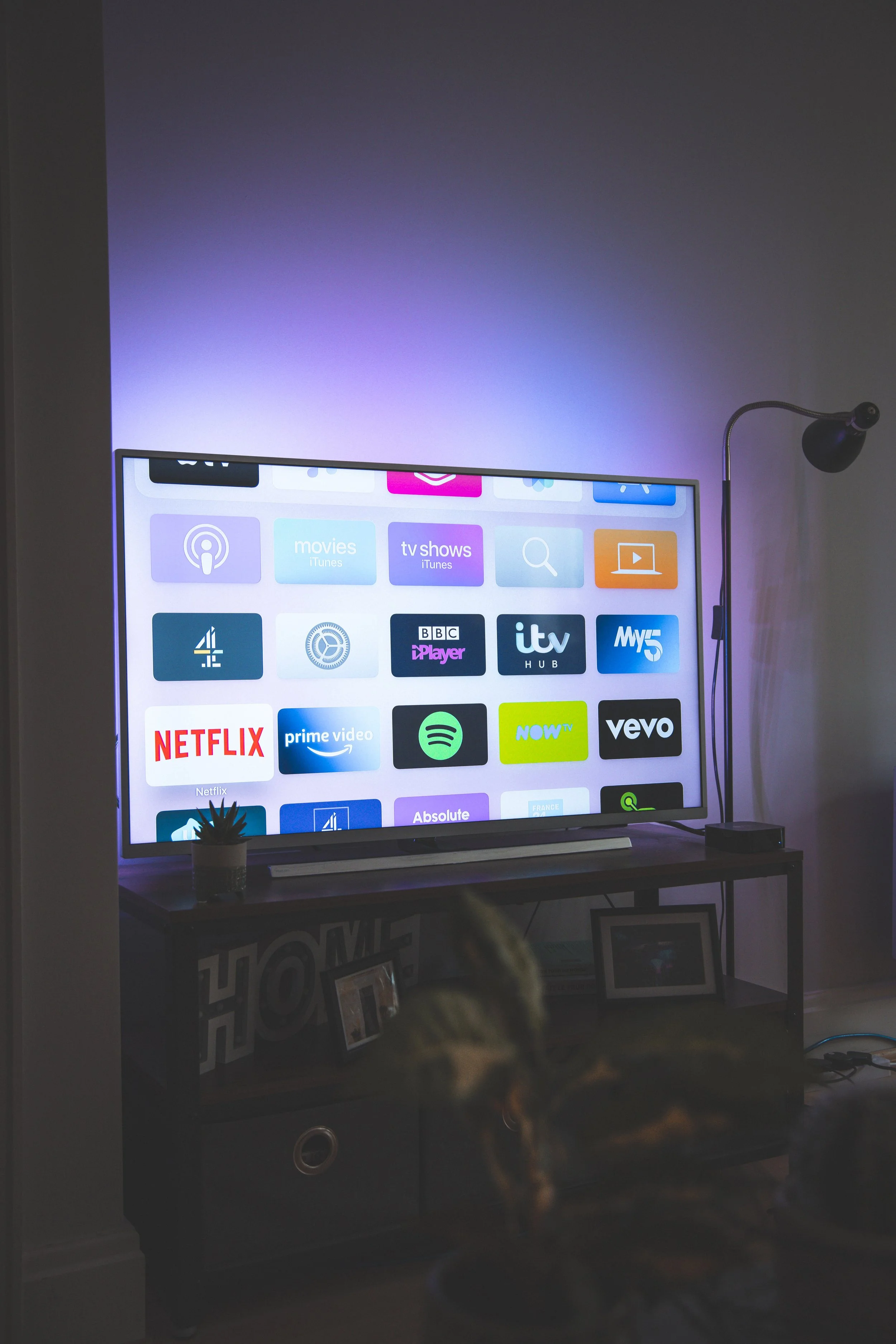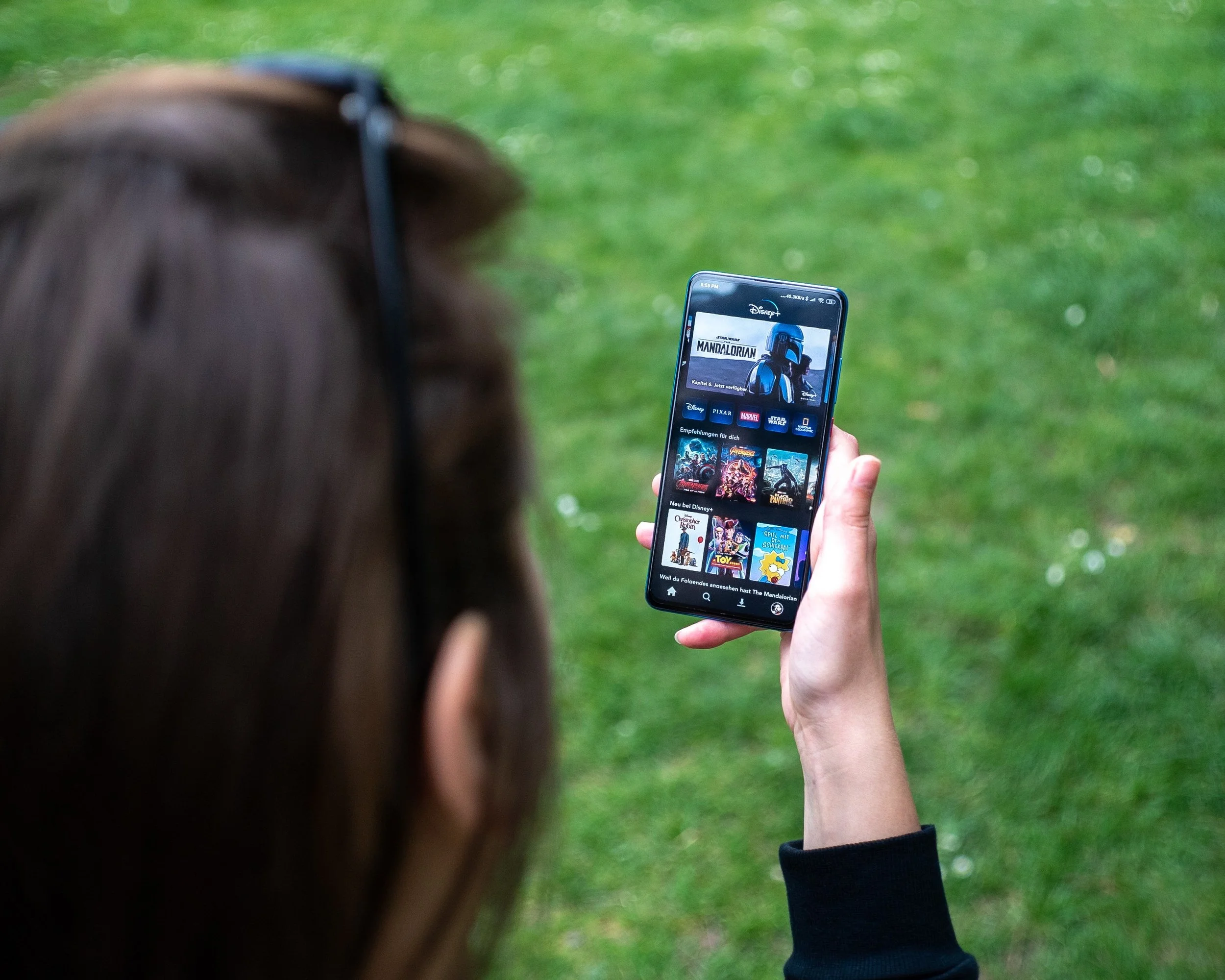By Evan Aanerud, Sara Bogomolny, Anita Chen, Shengjia Liu, Maraika Lumholdt, Hedy Zhang, & Hanmo Zhou
While many performing arts organizations were spurred by the COVID-19 pandemic to explore and expand their digital capabilities, the current status of digital programming and investment varies widely across the arts and cultural sector. Some organizations have abandoned the streaming technology they experimented with, while others continue to incorporate digital programs and performances into their offerings. The following research reveals U.S. streaming trends and audience behaviors.
u.s. streaming trends
Streaming is a large market worldwide, with a plethora of platforms supporting all types of video content. As research begins, it is important to understand the dominant platform types and trends.
There are currently three main streaming models that platforms can elect to use. Subscription video on demand (SVOD) establishes a relationship in which users pay a flat fee for unlimited access to a catalog of video content, like Netflix. Transaction video on demand (TVOD) describes a model in which users pay a one-time fee to watch a single piece of content. The third major streaming model is advertising-based video on demand (AVOD), in which consumers receive free unlimited access to video content with advertisements interspersed throughout the content. YouTube’s free version is an example of an AVOD model, where ads may appear before or during the content.
Image Source: Unsplash
Streaming content spans every genre, from mainstream to niche. Mainstream streaming platforms encompass content that appeals to many interests and are often supported by a large, corporate infrastructure like at Netflix, Hulu, and HBO Max. These stand as examples of large corporations that contract with Hollywood or other production companies/studios to provide mass-market media directly to consumers’ homes or personal devices. While there are many niches that certain streaming platforms cater to, the scope of this project focuses on those that feature the performing arts. These include, but are not be limited to, Marquee TV, the Kennedy Center’s Digital Stage, kanopy, IDAGIO, and the English National Ballet on demand.
As streaming has become increasingly popular, several trends have emerged amongst different models. SVOD is the strongest “money-maker,” generating an average of $73.49 annually per subscriber. Free trials are a strong tactic to acquire new SVOD customers; 52% of users who enroll in a free trial convert to a paid subscription plan. While mostplatforms offer both annual and monthly payment plans, annual subscriptions are stronger when it comes to retention and revenue generation.
While SVOD is the strongest revenue generator, AVOD is seeing the highest growth of the three main streaming models. Data suggests that it is a strong acquisition tactic to attract new customers, who will convert to a paid plan sans advertisements.
Across all different models, market research reveals that content is no longer a strong enough factor to influence purchase decisions alone. Rather, users now expect a wide range of personally appealing content on any platform.
Performing arts audience trends
According to reports on audiences in the performing arts industry, more than 50% of audiences are female. More than a third of the audiences are 22-40 years old, and audience age is positively associated with loyalty. Additionally, in terms of education, nearly half of the audiences have a bachelor’s degree.
As for barriers to entry, multiple studies note high cost as a leading factor that affects audiences’ performance attendance as does convenience and having someone to go with.
Image Source: Unsplash
streaming platform audience trends
When looking at the characteristics of online users, most audiences choose to go online because they want to save time or watch with their families. Most young people tend to use Netflix, Disney+ and Youtube, while some people over the age of 34 may try other streaming platforms such as Tubi.
The data suggests that various age groups have distinct contributions to streaming media. For instance, Disney+ benefits from a significant contribution from individuals under the age of 18, while the typical streaming user is over 34 years old and white. The ethnic profile of streaming users comprises 60% white, 17% black, 17% Hispanic, and 4% Asian individuals.
Image Source: Unsplash
Analysis of specific streaming services reveals that the average Netflix user is white and between the ages of 18 and 54, closely matching the demographics of the U.S. population. Nevertheless, Hispanic individuals are overrepresented in proportion to their population share. In contrast, Disney+ has a predominantly white, younger user base, with a significant proportion of children aged 2 to 17 using the service. Other ethnic groups are underrepresented relative to the total population.
The typical Tubi user is predominantly non-white and tends to be older than 34 years old, with the proportion of Black users being three times larger than their general population share. Finally, YouTube's user base is diverse, including individuals of all ethnicities and ages.
In conclusion, the streaming media landscape is diverse, with different platforms catering to different age groups and demographics. Netflix has the most diverse user base, closely matching the overall ethnic profile of the United States, while Disney+ skews heavily toward younger white streamers. Tubi caters to an older, non-white audience, and YouTube+ has a broad user base across all ages and ethnicities. It is important for content creators and advertisers to understand these demographics in order to effectively reach and engage with their target audiences. By utilizing data-driven insights, companies can tailor their content and marketing strategies to maximize their impact and appeal to the diverse needs and interests of consumers.
recommendations
Streaming has become part of the every-day life of most audience members. There are core expectations that a performing arts organization needs to anticipate when designing for a strong user experience.
1) Your competitor is Netflix now: Create an effortless digital experience for all users.
2) Users are price sensitive: consider Fre-mium models with advertiser vs no-advertiser levels.
3) Keep it simple, if multiple digital offerings exist, put them under one launch pad on your website that shows the breadth and depth even if the content, like a podcast, lives on other platforms.
4) Personalization is now assumed (and desired).
Image Source: Unsplash
While there may be administrative or departmental challenges to a shift in digital strategy like this, such a change would create a smoother, more integrated, and straightforward experience for both seasoned patrons and new acquisitions. These patrons are interested in more digital content beyond on-demand streaming, and creating those product linkages will create a much more fulfilling experience. Content could include interactive opportunities, behind-the-scenes, or curated content that focuses on themes (BIPOC Artists & Stories, Musicals, Classics, etc.) Another suggestion for synchronous content is to add a chat or comment feature to allow viewers to interact with the content and with each other during performances. Patrons also value convenience and efficiency of being able to watch with 24/7 access, and the added convenience of no travel. Many patrons were frustrated by only being able to stream a performance for a short period of time.
It is important to note that patrons seem to be most interested in behind-the-scenes and supplemental content. Interactive and on-demand content through social media is a powerful tool, and many existing and potential customers are on these platforms frequently.
-
http://www.alphamediadigital.com/understanding-streaming-on-demand-models-in-2022/
https://www.kennedy-center.org/digitalstage/plus/.
https://ondemand.ballet.org.uk
https://www.brightcove.com/en/resources/solutions-guide/maximize-media-revenue/optimizing-svod/
https://www.brightcove.com/en/resources/solutions-guide/maximize-media-revenue/optimizing-avod/
https://seaopenresearch.eu/Journals/articles/SPAS_3_36.pdf.
https://www.researchgate.net/publication/282012414_What_the_audiences_of_performing_arts_find_most_i
https://nscreenmedia.com/streaming-user-demographics-top-4-services/.





